Increased rainfall, large snow packs, flooding and longer, hotter summers are all indicative of British Columbia’s climate change and for many municipalities and private companies, these weather-based problems are creating management challenges.
Technology
Increased rainfall, large snow packs, flooding and longer, hotter summers are all indicative of British Columbia’s climate change and for many municipalities and private companies, these weather-based problems are creating management challenges.
Kerr Wood Leidal Associates Ltd. has designed an Internet web-based system that helps municipalities and other private water users track changes in water levels, rainfall and other important features that can impact on their consumers.
It can also provide an early warning of flooding, large rainfalls that have the potential to create slide problems or even a severe drop in the level of a river or water body that might affect stream or river habitat. Additional uses include monitoring flow rates in water and wastewater systems and helping clients keep track of the allowable discharge from a site.
Called KWL Emerald, the system has been under development by KWL’s Jason Vine for the past two years. “We built the system on spec,” says Vine, adding it was then taken into the market place. During the past year Lower Mainland municipalities and private users have snapped it up. There are now about 100 monitoring stations using the software program.
“We are not making the hardware,” says Vine, adding that there are already a range of companies providing good monitoring equipment and such stations are not new. However, in the past, data from such monitoring stations, whether it was on river levels, turbidity in the water, or drops in the water levels, was often analyzed manually.
The information gathered was also evaluated on an individual basis, not collectively or historically. To gain any insight into such a large mass of information was time-consuming and did not provide a real-time picture of any immediate threat shaping up.
KWL Emerald combines an affordable data collection system with powerful web-enabled engineering software. Each monitoring station has the ability to either transmit information through phone lines, wireless systems, or directly into an Internet system (such as where a data gathering point is attached to a municipal office).
A municipal foreman at home during the evening or on a weekend can gain access to any point on the system through an Internet browser to see what is happening at deemed critical points. He can also ask the system to compare data between points and also evaluate it historically.
The system can indicate that rainfall or water levels are reaching critical points such as flood threats. “He may then want to call out crews,” says Vine.
Some municipalities and districts such as those in North and West Vancouver also share data, as they face many of the same concerns regarding rainfalls and slides in their areas, he says.
At the same time, the system can be programmed to call in an alert when water levels reach critical stages and this can provide an early warning so that private and municipal users can respond. The ability of the system to keep detailed information has proven useful to many private users. Vine gives the example of a developer, who has restrictions on the amount of discharge into a water body that is permissible. A monitoring station collecting data can keep a comprehensive record, which can be submitted to regulatory bodies in the event of accountability issues.
Monitoring stations are also portable and, as such, can provide information from points that do not have or require permanent stations. For example, if turbidity is occurring in a system, it is possible to place portable stations along the route of the water body and determine the main source and problem areas which may later be addressed. There is also the potential to use the data to determine how water levels and snow packs affect natural habitat and wildlife.
Portable systems have been used in the City of Vancouver during the construction of the Cambie street Canada Line where larger water mains have had to be moved. To ensure that service through other means is maintained, portable systems have been placed to monitor the flow pressures and ensure that they remain stable, a critical need for firefighters using hydrants.
“There is a new tool that we will be introducing this year at the B.C. Water and Waste Conference,” says Vine. The new feature of the system will be able to tell municipalities how much rainwater is seeping into their wastewater system and provide an indicator of defects in their piping system.
KWL Emerald’s flexible ability to measure important parameters and analyze individual information or work on a collective basis by joint sharing information has earned it a Consulting Engineers of B.C. 2007 award of merit in soft engineering. More information on the system can be viewed at www.kwlemerald.com.


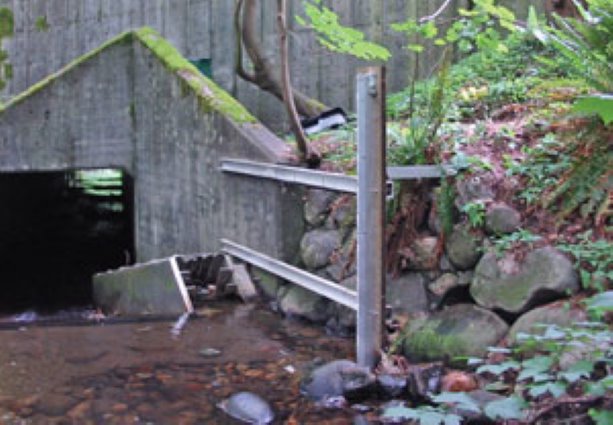

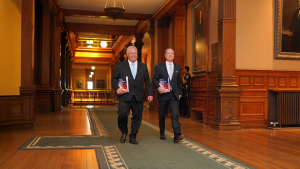
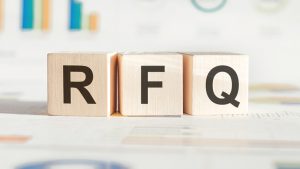
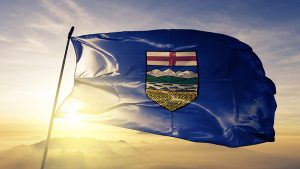
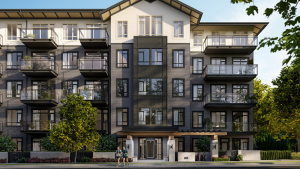



Recent Comments
comments for this post are closed